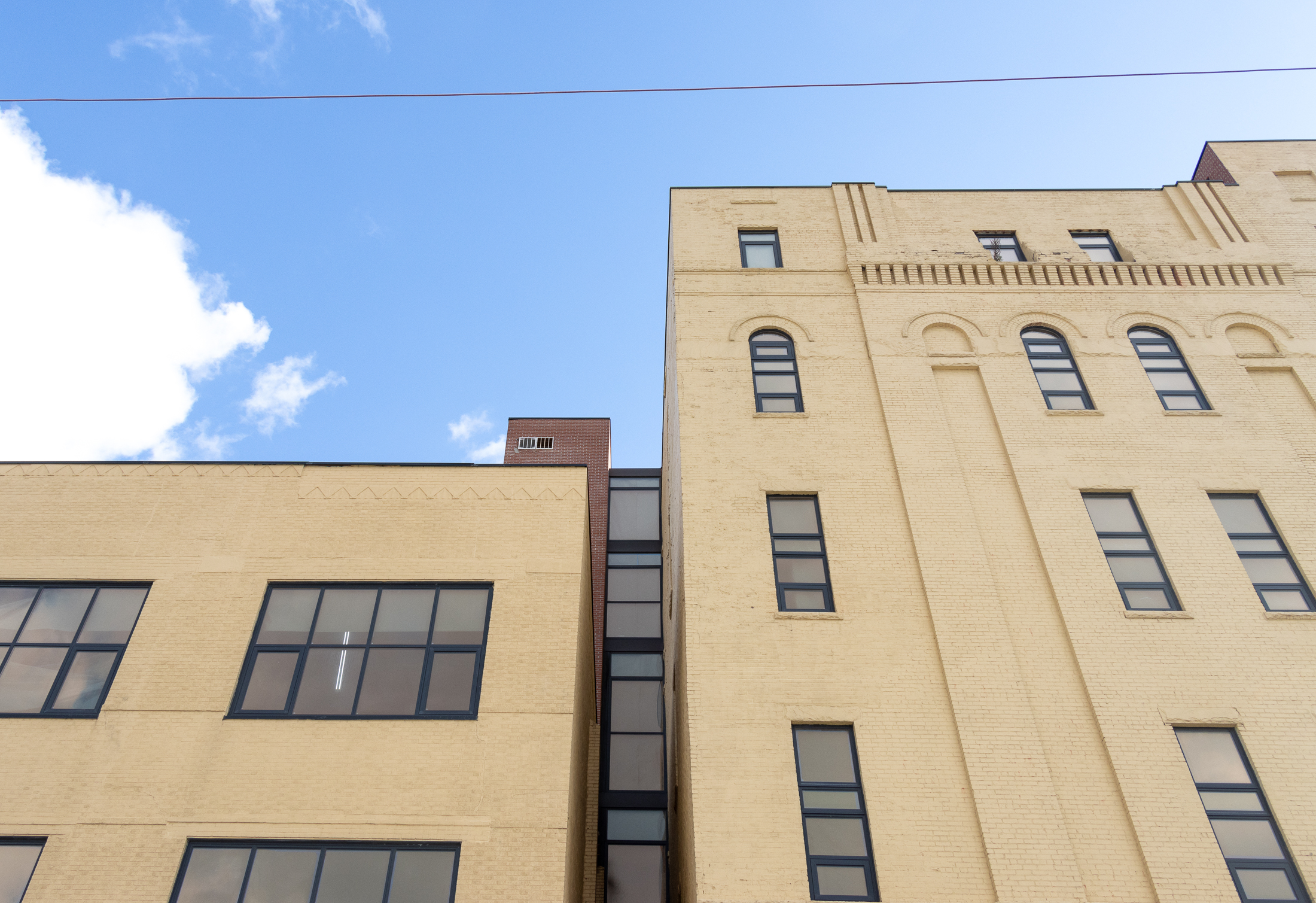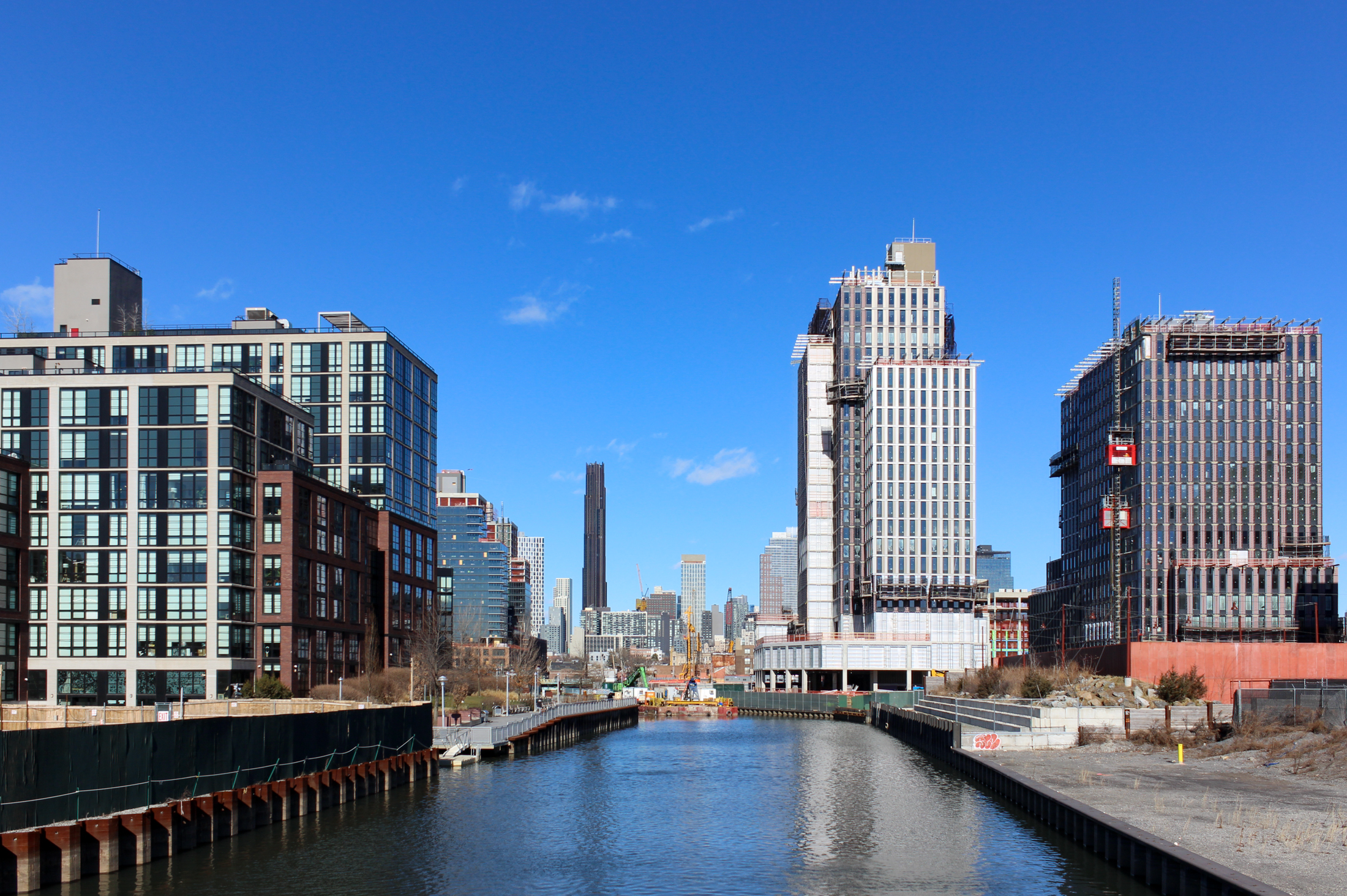Building of the Day: 405 Carroll Street
Brooklyn, one building at a time. Name: Gatehouse, Carroll Street Bridge Address: 405 Carroll Street (approximately) Cross Streets: Nevins and Bond streets Neighborhood: Gowanus Year Built: 1888-1889 Architectural Style: Romanesque Revival Architect: Brooklyn Department of City Works (Van Buren, Ingram, Fritzche) Landmarked: Yes, as part of the Carroll Street Bridge, an individual landmark (1987) The…

Brooklyn, one building at a time.
Name: Gatehouse, Carroll Street Bridge
Address: 405 Carroll Street (approximately)
Cross Streets: Nevins and Bond streets
Neighborhood: Gowanus
Year Built: 1888-1889
Architectural Style: Romanesque Revival
Architect: Brooklyn Department of City Works (Van Buren, Ingram, Fritzche)
Landmarked: Yes, as part of the Carroll Street Bridge, an individual landmark (1987)
The story: The Carroll Street Bridge is one of five bridges to cross the Gowanus Canal. They are all interesting crossings, in terms of seeing how the Gowanus winds its way through the area, but the Carroll Street Bridge is special for another reason. It’s a rare example of a retractile bridge, one of only three left in the entire country. One still stands in Boston and another on Borden Avenue in Queens.
Carroll Street Bridge is the oldest of the three, and was built in 1888-89 by the Department of City Works of the City of Brooklyn. This makes it the oldest retractable bridge in the United States. A retractile bridge rolls back from the waterway by means of a track, pulley and roller system. The span of the bridge swings out at an angle and back, allowing tall barges to chug past the bridge. This type of bridge was never popular, as it takes room for the tracks and equipment, and engineers found easier ways to open bridges for traffic.
Robert Van Buren (a descendent of President Martin Van Buren) was the Chief Engineer of the Brooklyn Department of City Works from about 1877 to 1894. He and two other men designed the bridge. He was educated at Rensselaer Poly Tech in Troy, N.Y., and would work for over 49 years as an engineer for the city. George Ingram was over him, as Engineer-In-Charge. Interestingly enough, when Ingram left his city job, he ended up as the architect of at least six police precinct stations in the city, including the 88th Precinct house in Clinton Hill. This became his legacy, much more so than his work as City Engineer.
The other engineer for this project was Charles O. Fritzche, a wealthy civil engineer from Paterson, N.J. He designed the original mechanical system of the bridge, and would go on to design railroad turntable systems for private industry. The bridge superstructure was manufactured by the New Jersey Steel and Iron Company, a subsidiary of Cooper, Hewitt & Co., one of the country’s foremost 19th century iron and steel companies. New Jersey Steel specialized in bridges and viaducts.
The gatehouse was built to hold the switching mechanisms that activated the retraction equipment. It was also shelter for the bridge operator, who was on duty day and night. The polygonal building is in the Romanesque Revival style, with arched windows and doorway. The 1900 photograph below shows shutters on the building. Originally, the retraction mechanism was powered by a steam engine, but in 1907 and ’08, the bridge was converted to electricity. The switches and motor are still housed here. When the switch is flipped, the motor activates the cables and pulleys that drag the bridge along the tracks on the side, pulling it out of the path of boats.
The bridge, the gatehouse and the track are all landmarked, designated in 1987. After Hurricane Sandy, when the Gowanus flooded to record levels, a lot of needed maintenance work was done to the bridge, which was closed for a number of months. The gatehouse was flooded with four and a half feet of water. The entire electrical system was destroyed. The bridge had to be retracted by hand, and left open while everything was repaired.
The wooden deck of the bridge was three layers thick. The top layer was worn by thousands of cars passing over it, and the bottom layer was rotted by water damage. The entire decking was replaced. Masons also replaced and repaired the cobble stones roadway that led to the bridge. Other repairs were also made to the gatehouse and the rest of the bridge.
My BOTD is technically the gatehouse, not the bridge, but it is rarely photographed on its own, and can generally only be seen in the background or to the sides of most pictures. It was hard to get a good picture. But great pictures (which we don’t have permission to post here) are on this site. City officials say that after the Brooklyn Bridge, the Carroll Street Bridge is the most popular span in the city, drawing tourists and school children, as well as neighbors. It’s the only bridge that those school children can stand on and ride as it retracts, making it the coolest field trip possible. GMAP
(Photo: Wiredny.com)












What's Your Take? Leave a Comment